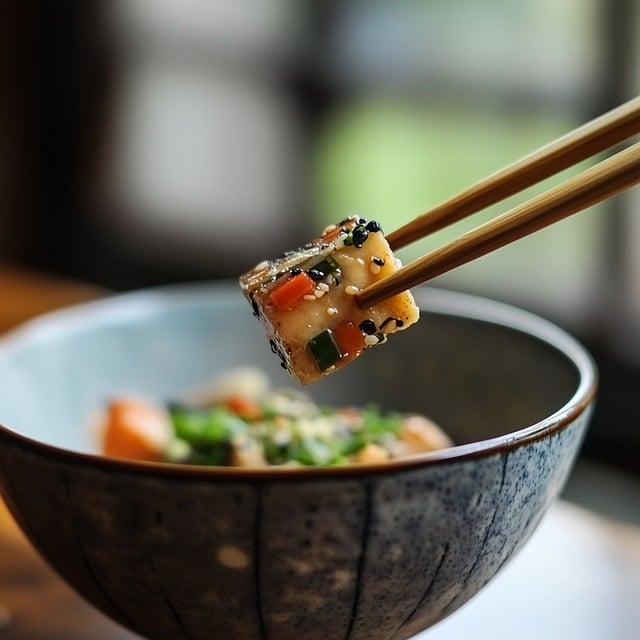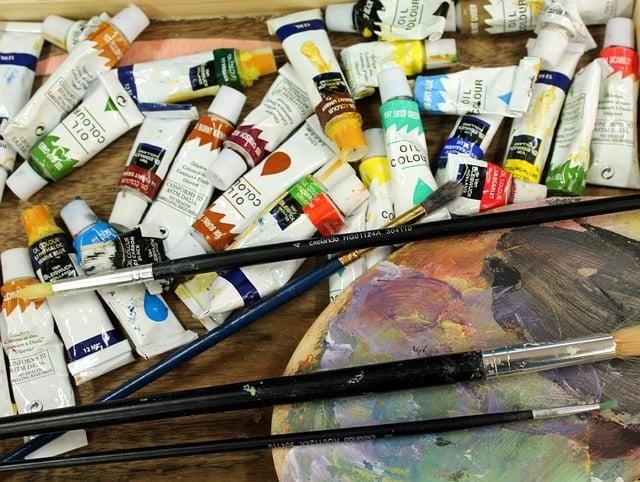In 1843, a man named Henry Cole found himself overwhelmed by the holiday rush. He wanted to send festive greetings to friends but had no time to write individual letters. Inspired, he commissioned an artist to create a card featuring a family celebrating Christmas. The card depicted warmth and joy, and 1,000 copies were printed. This simple act sparked a tradition that spread like wildfire. Soon, sending Christmas cards became a cherished way to connect, share joy, and spread goodwill, evolving into the colorful, heartfelt tradition we know today.
Table of Contents
- The Origins of Christmas Cards and Their Evolution Over Time
- Cultural Influences Shaping the Tradition of Sending Holiday Greetings
- The Art of Christmas Cards: Design Trends and Personalization Tips
- Modern Practices: How to Choose and Send the Perfect Christmas Card
- Q&A

The Origins of Christmas Cards and Their Evolution Over Time
The tradition of sending festive greetings can be traced back to the early 19th century in England. The first known Christmas card was created in 1843 by John Calcott Horsley, commissioned by Sir Henry Cole, who wanted to promote the new postal service. This card featured a family celebrating together, with the message “A Merry Christmas and a Happy New Year to You.” The concept quickly gained popularity, and soon, people began to create their own cards, often hand-painted or adorned with intricate designs. The introduction of lithography made it easier and more affordable to produce cards, leading to a boom in the Christmas card market.
As the years progressed, the designs and themes of Christmas cards evolved significantly. By the late 19th and early 20th centuries, cards began to feature a variety of motifs, including:
- Religious imagery, depicting nativity scenes and angels
- Winter landscapes, showcasing snowy scenes and festive decorations
- Humorous illustrations, appealing to a broader audience
With the advent of technology and the internet, the way we send greetings has transformed yet again. E-cards and digital messages have emerged, but the charm of traditional paper cards remains cherished by many, symbolizing a personal touch in an increasingly digital world.

Cultural Influences Shaping the Tradition of Sending Holiday Greetings
The tradition of sending holiday greetings has been shaped by a myriad of cultural influences throughout history. In the early 19th century, the introduction of lithography allowed for the mass production of cards, making them more accessible to the general public. This technological advancement coincided with the Victorian era, a time when sentimentality and the expression of emotions became paramount. As a result, holiday cards began to feature intricate designs, heartfelt messages, and even personal touches, reflecting the values and aesthetics of the time. The practice quickly spread across Europe and into America, where it was embraced as a way to maintain connections with loved ones during the festive season.
Moreover, various cultural customs have contributed to the evolution of holiday greetings. For instance, in many Western cultures, the act of sending cards is intertwined with the spirit of giving and community. This is evident in the following ways:
- Religious Significance: Many cards incorporate religious themes, celebrating the birth of Christ and the values of love and goodwill.
- Artistic Expression: Artists and illustrators have long used holiday cards as a canvas for creativity, leading to unique designs that reflect cultural heritage.
- Social Connection: Sending cards has become a ritual that fosters relationships, bridging distances and reinforcing bonds among family and friends.

The Art of Christmas Cards: Design Trends and Personalization Tips
The tradition of sending Christmas cards dates back to the early 19th century, with the first known card created in 1843 by Sir Henry Cole, a British civil servant. This innovative idea was born out of a desire to spread holiday cheer and connect with loved ones during the festive season. The original card featured a family celebrating together, with the message “A Merry Christmas and a Happy New Year to You.” This simple yet heartfelt sentiment laid the groundwork for what would become a cherished holiday ritual. As printing technology advanced, the popularity of Christmas cards soared, leading to a vibrant market filled with various designs and themes.
Over the years, the evolution of Christmas cards has mirrored cultural shifts and artistic trends. Today, you can find an array of styles that cater to diverse tastes, from traditional and religious motifs to modern and whimsical designs. Personalization has also become a key element, allowing senders to add a unique touch to their greetings. Consider these tips for creating memorable cards:
- Incorporate personal photos: Capture special moments from the past year to share with friends and family.
- Use custom messages: Write heartfelt notes that reflect your personality and sentiments.
- Experiment with materials: Explore different textures and finishes, such as embossed or recycled paper.
- Embrace digital options: For a modern twist, consider e-cards that can be easily shared and customized.

Modern Practices: How to Choose and Send the Perfect Christmas Card
Choosing the perfect Christmas card can be a delightful yet daunting task. To start, consider the **recipient’s personality** and preferences. Are they traditional or modern? Do they appreciate humor or prefer heartfelt sentiments? Tailoring your card selection to their tastes can make your gesture more meaningful. Additionally, think about the **design elements** that resonate with the season—classic imagery like snowflakes and Christmas trees, or perhaps something more whimsical like playful animals in festive attire. The card’s color scheme can also set the tone; rich reds and greens evoke a classic feel, while metallics and pastels can add a contemporary twist.
Once you’ve selected the ideal card, it’s time to craft your message. A personal touch can elevate your card from a simple greeting to a cherished keepsake. Consider including a **handwritten note** that reflects your relationship with the recipient, sharing a fond memory or expressing your wishes for the upcoming year. Don’t forget to sign your name in a way that feels authentic to you. ensure your card is sent in a timely manner; mailing it early can help avoid the holiday rush and ensure it arrives before Christmas. With these thoughtful steps, your Christmas card will surely spread joy and warmth to those you care about.
Q&A
-
When did the tradition of sending Christmas cards begin?
The tradition of sending Christmas cards began in the early 19th century. The first known Christmas card was created in 1843 by John Calcott Horsley, a British artist, commissioned by Sir Henry Cole. It featured a festive scene and a message wishing the recipient a Merry Christmas and a Happy New Year.
-
How did Christmas cards become popular?
Christmas cards gained popularity in the 1850s when advancements in printing technology made them more affordable. The introduction of the penny post in the UK also encouraged people to send cards, leading to a surge in their use during the holiday season.
-
What themes are commonly found on Christmas cards?
Christmas cards often feature a variety of themes, including:
- Religious imagery: Nativity scenes, angels, and biblical verses.
- Winter scenes: Snow-covered landscapes, Christmas trees, and festive decorations.
- Humorous designs: Light-hearted illustrations and witty messages.
-
Are there any cultural variations in sending Christmas cards?
Yes, cultural variations exist in the tradition of sending Christmas cards. In some countries, such as Japan, Christmas is not widely celebrated, and card-sending is less common. Conversely, in countries like the United States and the UK, sending cards has become a cherished holiday tradition, often accompanied by personal messages and family updates.
As we tuck our holiday cards into envelopes each year, we connect with a tradition that spans centuries. From humble beginnings to a cherished custom, the history of Christmas cards reminds us of the joy in sharing warmth and goodwill during the festive season.

大家好,我是彼得潘,專業的手法身體治療師。我喜歡探索和研究各種主題,並透過與人工智慧的合作分享專業、實用、有趣的文章。我們定期進行人工審核,以確保內容的準確性。如果您發現文章中有任何不準確的地方,請隨時與我們聯繫,我們會及時糾正。您可以透過 [email protected] 與我們聯繫。



